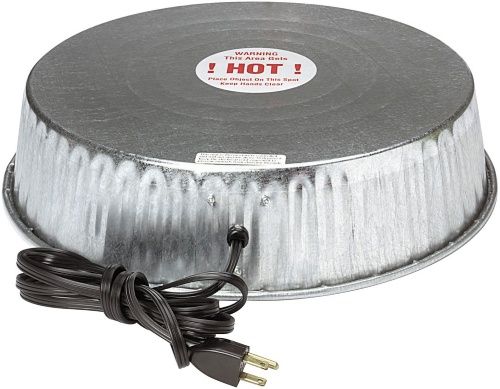NW-Bound
Give me a museum and I'll fill it. (Picasso) Give me a forum ...
- Joined
- Jul 3, 2008
- Messages
- 35,712
Ah, panel sizing, that's the hardest part. Let me point you to this excellent Web site that has actual data for the US that was logged for 30 years. Theoretically, the solar power is a function of latitude, but in reality the cloud cover and atmospheric condition have huge effects. See: U.S. Solar Radiation Resource Maps.
How do you use this? Let's select 1) Minimum radiation, 2) Month of January, and 3) Flat plate tilted south at Latitude+15 degrees. The last selection means that a person near Denver (40 deg latitude) would tilt his panel to 55 degrees off horizontal, and facing south, to maximize the power collection.
The chart shows the daily insolation at northern Colorado being 3-4 kWh/m^2/day. So, how do you use this to size the panel? The standard radiation used to rate panels is 1 kW/m^2. This means that the panel gets an equivalent of 3 to 4 hours of direct sunlight each day. The daylight hours are longer than 3 hours, but the oblique shining plus the atmospheric condition reduce the power to only 3 hours of direct sunlight.
So, let's say you want 50 Wh each day, then the solar panel rating is 50 Wh / 3 hr = 17W. Round it up to the next size of 20W then.
Now, if you want to have power for 2 or 3 cloudy days in a row, then you need to upsize the panel and the battery accordingly.
How do you use this? Let's select 1) Minimum radiation, 2) Month of January, and 3) Flat plate tilted south at Latitude+15 degrees. The last selection means that a person near Denver (40 deg latitude) would tilt his panel to 55 degrees off horizontal, and facing south, to maximize the power collection.
The chart shows the daily insolation at northern Colorado being 3-4 kWh/m^2/day. So, how do you use this to size the panel? The standard radiation used to rate panels is 1 kW/m^2. This means that the panel gets an equivalent of 3 to 4 hours of direct sunlight each day. The daylight hours are longer than 3 hours, but the oblique shining plus the atmospheric condition reduce the power to only 3 hours of direct sunlight.
So, let's say you want 50 Wh each day, then the solar panel rating is 50 Wh / 3 hr = 17W. Round it up to the next size of 20W then.
Now, if you want to have power for 2 or 3 cloudy days in a row, then you need to upsize the panel and the battery accordingly.
Last edited:

